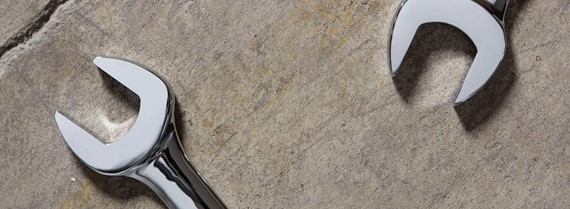
Photo by Shane Aldendorff on Unsplash
Research is an essential tool in the efficient design of successful tech products. But figuring out where it fits into your design process and how to deliver it effectively can be tricky.
Find out when and how to add research to your design process and greatly increase your chance of success.
In this blog you’ll learn:
- When to do research - the stages in the design process where research will give you the most value
- What a research spec looks like - how to drill down and efficiently uncover the evidence you need
- How to manage your research - the things you need to know to deliver your research effectively
What is design research?
Design research is any research that informs the design of a product or service, from reading articles and blogs online, to large, multi-year projects. It includes methods such as interviews, surveys, focus groups, prototype testing, ethnography, observational and longitudinal studies. It has its background in psychology and is centred around how people think feel and act but it also goes beyond user research to look at the needs of the wider market or system that the product it sits in as well as the needs and requirements of the business or organisation.
Design research is practical and tied to decision-making - if a piece of research isn't directly informing a design decision then there is no point in doing it. The key to good design research is to ask the right questions at the right time - this takes skill and experience.
What are the benefits of design research?
Design research:
-
De-risks decisions - finding out more information takes away the guesswork.
-
Shortens experimentation time - building and iterating within a structure of data gathering helps you pin point what’s working and what’s not.
-
Flags up potential pitfalls early - research prevents you making the same mistakes that others have made before you.
-
Reveals new ideas and potential - research often uncovers unexpected ideas for solutions that users really need.
When should you do design research?
The short answer is you should carry out design research at all stages of the design process, from the very start through to launch and beyond. Here's why...
The purpose of design is to create something that people will use, to solve a problem and to generally make life better. Without research there is a high risk that you will create a solution in search of a problem, solve the wrong problem or solve the right problem in the wrong way. Research can help you avoid these pitfalls, allowing you to identify users, define the problem and make evidence based design decisions throughout the development process.
Integrating research iteratively throughout the whole design process will ultimately enhance the success of the resulting solution. Research and design should work hand-in-hand - research informs the design process, design informs the research process. This ensures the solution evolves directly from the deepening understanding of the users and the problem.
What does a research spec look like?
Good research isn’t about stacks of data, it’s about meaning - the ‘so what?’ is vital. A research spec should only require data to be collected that you will use to inform a decision about the design. So if you're not going to use it don't gather it.
The key is to ask the right question at the right time - start with bigger questions and hone it down to be specific. Research questions need to be concrete and relevant, not big and vague. Your aim is to build a coherent, evidence-based narrative.
Key steps to create a research spec:
Step 1: Map out what you already know and how you know it
-
- How much real evidence do you have?
- How much is based on assumption/guesswork?
Step 2: Identify gaps in your information that could threaten your success
-
- Focus on your understanding of the problem and the people
Step 3: Set a goal for the research
-
- Try to make it specific, e.g. To understand how X user group solves Y problem
- Identify the decisions the results will influence
Step 4: Choose your methods
-
- Always start with desk research. Interviews provide in-depth understanding from a small group, surveys provide surface insights from a large group
How do you manage the research effectively?
We've drawn on our experience of delivering design research projects to filter out these key things you need to know to carry out your research effectively:
- Dedicated resource: Research can be time-consuming. It needs a dedicated resource ideally embedded in a multi-disciplinary team, where product, design, development and research work together
- Quality expertise: A good researcher will be able to ask the right questions to uncover the insight you need
- Flexible: While a research spec should have clear goals, it should not be too prescriptive. The approach may need to change due to your findings
- Monitor and Review: Don't wait until you have gathered all the data to begin the analysis. Review the results early e.g. after your desk research, or after 1-2 interviews. You'll find out if you need to change your approach to avoid gathering unnecessary data or look deeper into unexpected findings.
Remember - when you’re getting nothing new, stop and make decision. - Recruitment strategy: Finding the right people to participate in your qualitative research is vital. Asking the right questions to the wrong people won't get you very far. Use your own database (GDPR allowing), social media or hire a recruitment company to recruit participants who fit the criteria for your research.
The hidden benefits of research
Research is the tool that just keeps on giving. When you get it right you unlock additional benefits such as:
- Opens up conversations
- Uncovers new ideas
- Improves team communication
- Informs great marketing
- Supports grant applications and pitch decks



